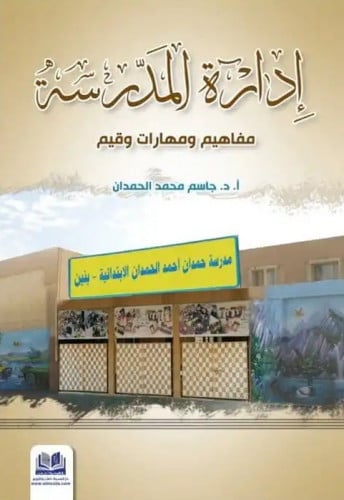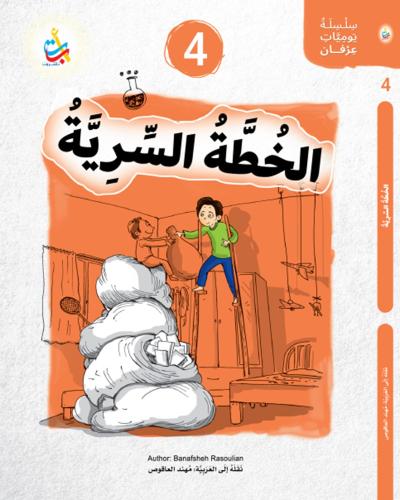AVAILABE IN ARABIC
About This Book
Engaging and motivating students--especially the least motivated learners--is a daily challenge. But with the process of problem-based learning (PBL), any teacher can create an exciting, active classroom where students themselves eagerly build problem-solving skills while learning the content necessary to apply them.
With problem-based learning, students' work begins with an ill-defined problem. Key to this problem is how it explicitly links something important in students' daily lives to the classroom. This motivational feature is vital as students define the what, where, and how of resolving the problem situation.
Problem-based learning may sound potentially chaotic and haphazard, but it rests on the firm foundation of a teacher's work behind the scenes. The teacher develops a problem long before students see it, specifically choosing the skills and content the problem will emphasize and matching those to curriculum and standards. Though a PBL problem will have no ""right"" answer, the teacher structures the experience so that specific learning takes place as students generate the problem-solving steps, research issues, and produce a final product. The teacher guides without leading, assists without directing.
Robert Delisle details the PBL process, the teacher's role in problem-based learning, and important background information about the history of PBL. The book describes a variety of PBL lessons, including problems, a chart for organizing student research, and information about assessment.
Topics : Teaching Strategies
Table Of Content
List of Figures
Acknowledgments
Introduction
1. Getting Started
What Is an Advisory System?
How Does a School Start an Advisory System?
What Training Is Needed to Begin and Support an Advisory System?
What Is the Role of the Advisory Committee?
2. Nuts and Bolts
Where Is the Space for Advisory Meetings?
Where Is the Time in a School Day for Advisory Work?
What Records Should an Advisor Keep?
3. Placing Students
How Are Students Placed in an Advisory Group?
How Does a School Achieve a Reasonable Ratio of Adults to Students in an Advisory Group?
How Are Students Assigned to an Advisory Group After the First Year?
What Happens When a Student Asks for a Different Advisor During a School Year?
What Is a Mature, Professional Relationship Between an Advisor and a Student?
Should a Student Have Close Relationships with Other School Adults?
4. Meetings with Students
What Does an Advisor Do in the First Meeting with an Advisee?
What Does an Advisor Do in Subsequent Advisor-Advisee Meetings?
What Does an Advisor Do in Group Meetings?
5. Communicating with Parents
What Is Information Gathering?
Should Advisors Share Information from the Information-Gathering Process with Advisees?
What Happens at Parent Conferences?
6. Special Issues
What Is the Role of Guidance Counselors?
Is Helping Students Select Courses Difficult?
What Role Does an Advisor Play in Discipline?
What Should an Advisor Do if the Advisor Thinks She's Getting in over Her Head with a Student?
Conclusion
Appendix: Additional Help
About the Authors
Robert Delisle:

- ISBN: 9960928586
- Author: Robert Delisle
- Publisher: Educational Book House
- Size: 16*23cm
- Pages number: 137













